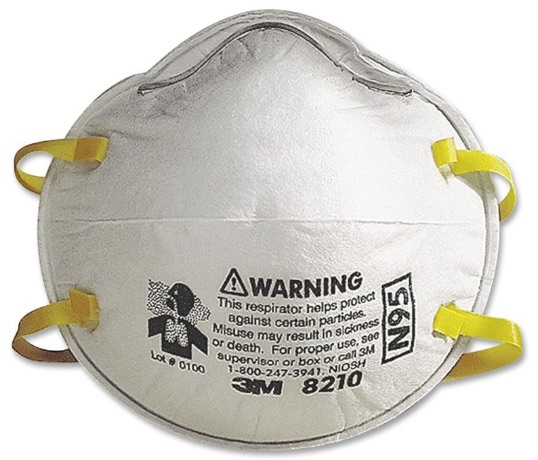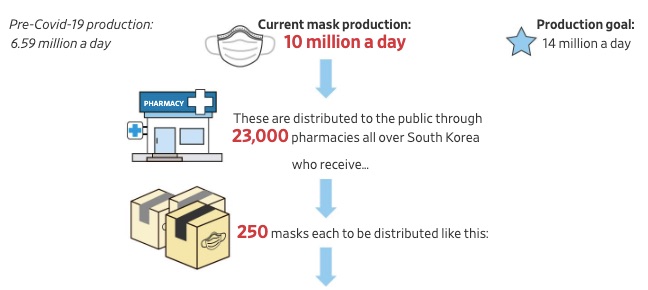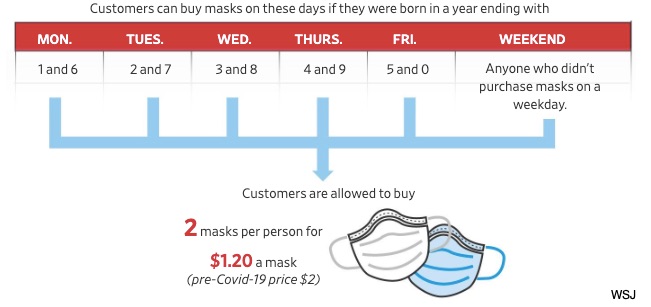With a population of nearly 52 million and close to 82,000 coronavirus cases, South Korea is not making enough face masks. Their solution is a rationing plan:
Rationing, though, is not quite working.
Why It’s Not Easy to Eliminate a Face Mask Shortage
Rationing and Price Caps
WSJ tells us that even with rationing, people are not necessarily getting a face mask. Perhaps because of government mandated price caps, the supply is still insufficient, . Furthermore, long lines mean that only the early birds are sure to get the masks. In addition, the smaller pharmacies say they have too few employees to manage the crowds.
Export Restrictions
As of March 11, 24 countries had export restrictions on medical protective gear, medicines, and their ingredients. You can understand why they want to keep the supplies they need at home. But because the Chinese government bought massive amounts of domestic face masks, local firms had to ignore foreign orders. France also corralled the mask supply and restricted exports. In Germany, the government required its approval before a company could export respirators. At first, South Korea sent a massive amount of face masks to China. After, the politicians who supported the decision were criticized.
Our Bottom Line: Incentives
As economists, we should ask which incentives will ramp up supply. In South Korea it appears that a government price cap dissuaded some manufacturers from stepping up production. Instead, the rationing and price caps encourage the demand side. Meanwhile, export restrictions lead to more restrictions that diminish trade and more efficient resource allocation. Those additional restrictions have been called a multiplier, whereby some trade restrictions beget more of them.
What to do?
The market might not have the solution. Yes, higher prices can encourage production. But, during a pandemic, those higher prices could come from the wrong places. Similarly, eliminating trade restrictions won’t guarantee that the masks will travel where they are needed. But retaining them constricts supply.
In a past econlife, I suggested higher prices were what we needed. Now I am not so sure.
My sources and more: This Trade Talks podcast provides the ideal introduction to the trade restrictions dilemma. Then, for more detail, do look at WSJ, The Economist and Peterson’s Chad Bown.








